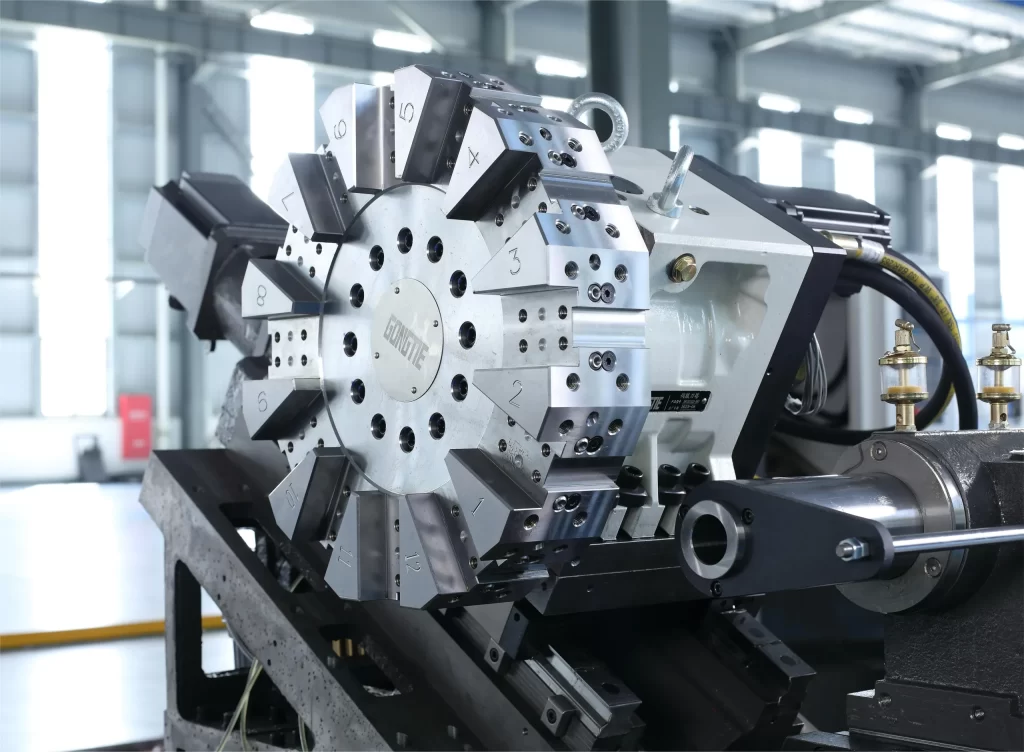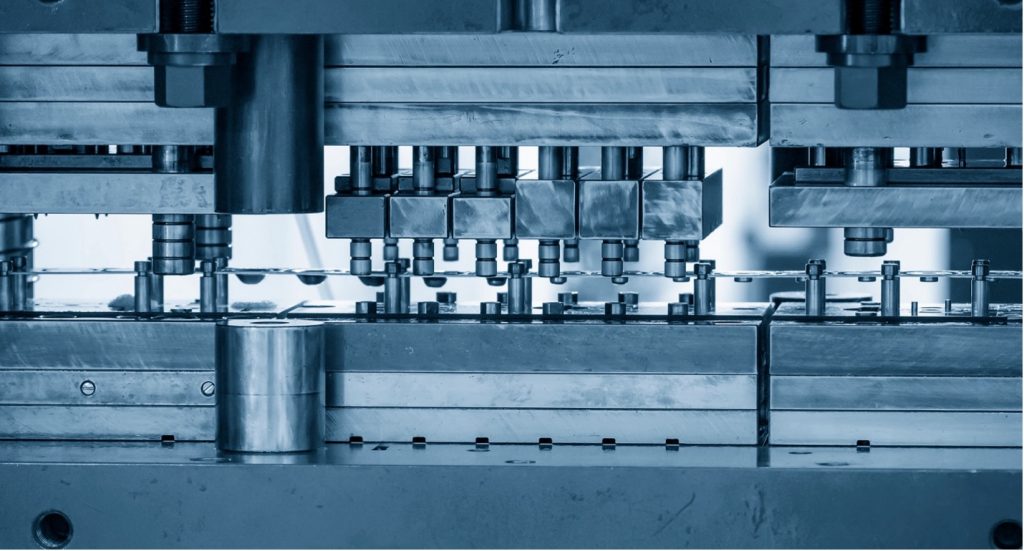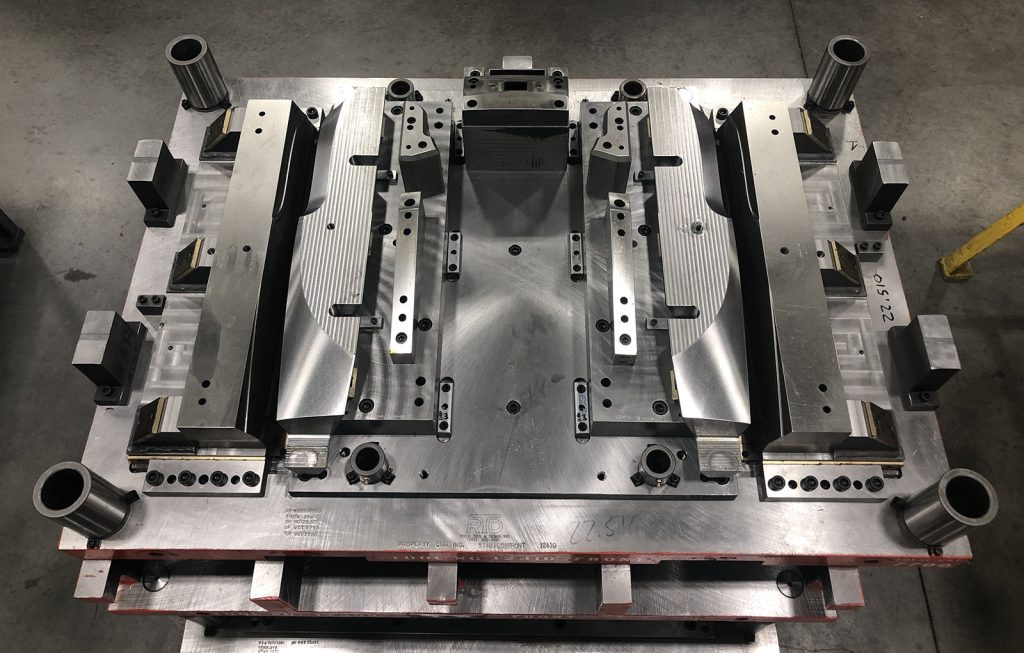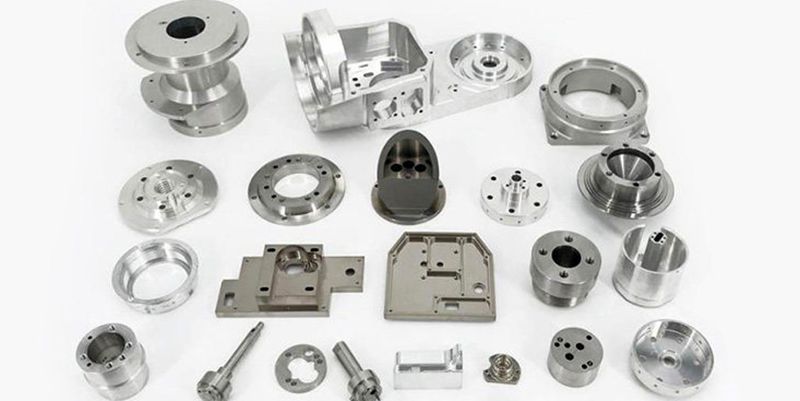How Precision Machining Parts Support Micro-Component Manufacturing?
Micro-component manufacturing has become a core capability in modern electronics and smart card production. Devices continue to shrink, while performance expectations keep rising. Smart cards, secure elements, and embedded authentication modules all rely on tiny mechanical parts working in perfect coordination. In these applications, tolerances are often measured in microns rather than millimetres. This is where Precision Machining Parts play a decisive role. They provide the structural accuracy, dimensional stability, and repeatability required to support reliable micro-component manufacturing at scale. Micro-Component Manufacturing Leaves No Margin for Error Unlike conventional mechanical parts, micro-components operate with minimal physical tolerance. Small connector frames, shielding housings, alignment brackets, and chip support structures must fit precisely within compact assemblies. Even slight dimensional deviations can cause electrical contact issues, antenna detuning, or assembly failures. Precision machining allows manufacturers to control size, geometry, and position with extreme accuracy. This capability is essential for maintaining yield and reliability in intelligent card production, where rejection rates directly impact cost and delivery timelines. Precision Machining Enables Complex Micro-Level Features Micro-components often require intricate geometries that traditional forming methods cannot achieve. Precision machining supports micro-slots, thin walls, tight radii, and complex internal features with high consistency. Advanced CNC systems, combined with optimised toolpaths, minimise vibration and thermal distortion. This is especially important when producing components that interact directly with chips or antennas. Precision-machined parts enable engineers to design compact, high-functioning components without sacrificing mechanical integrity or dimensional accuracy. Material Versatility for Micro-Scale Applications Micro-component manufacturing involves a wide range of materials. Stainless steel offers strength and corrosion resistance. Copper alloys support conductivity and electromagnetic performance. Aluminum provides lightweight structural support. Engineering plastics add insulation and flexibility. Precision machining handles all these materials with controlled cutting behavior. It reduces burr formation and maintains edge quality, both of which become critical at the microscale. This versatility allows manufacturers to select materials based on performance requirements rather than processing limitations. Surface Finish and Functional Performance Surface quality directly affects micro-component functionality. Rough surfaces increase friction, hinder bonding, and degrade electrical contact. Precision machining achieves fine surface finishes through optimized feeds, cutting strategies, and finishing passes. Smooth surfaces improve adhesion during encapsulation and reduce wear during repeated use. In innovative card modules, high-quality finishes help maintain long-term reliability under bending, temperature changes, and frequent handling. Precision Machining Parts, therefore, contribute not only to form but also to function. Supporting High-Density Smart Card and Secure Element Designs Smart cards now integrate multiple technologies into a single platform. EMV payment cards, Java Card-based solutions, and secure access cards require compact mechanical frameworks. A Precision Machining Part supports high-density layouts by ensuring exact alignment between chips, antennas, and protective structures. Metal frames or micro-housings must remain flat and dimensionally stable during assembly. Precision machining ensures this stability, enabling manufacturers to meet stringent industry and certification standards without increasing assembly complexity. Consistency and Repeatability in Volume Production Micro-component manufacturing rarely stops at prototypes. Most applications demand high-volume production with consistent quality. Precision machining delivers repeatability through automated CNC processes and validated machining programs. Once parameters are set, manufacturers can reproduce identical parts across thousands of cycles. This consistency reduces inspection failures and simplifies downstream assembly. For intelligent card production lines, stable Precision Machining Parts help maintain throughput while controlling operational costs. Quality Control and Inspection Integration Precision machining integrates seamlessly with modern inspection systems. In-process probing, optical measurement, and coordinate measuring machines verify dimensions during and after production. Engineers compare results against CAD data to detect deviations early. This closed-loop quality control ensures that micro-components meet strict specifications before assembly. In security-sensitive applications such as smart cards, this level of verification protects against hidden defects that could affect performance or durability after deployment. Precision Machining Parts as a Strategic Manufacturing Foundation Micro-component manufacturing continues to evolve toward smaller sizes and higher integration. These trends place increasing demands on accuracy, material control, and consistency. Precision-machined parts provide the foundation needed to meet these challenges. They enable precise geometry, reliable assembly, and scalable production across a wide range of applications. For smart card and secure element manufacturers, precision machining is not a supporting process—it is a strategic capability that underpins product quality and long-term competitiveness.









